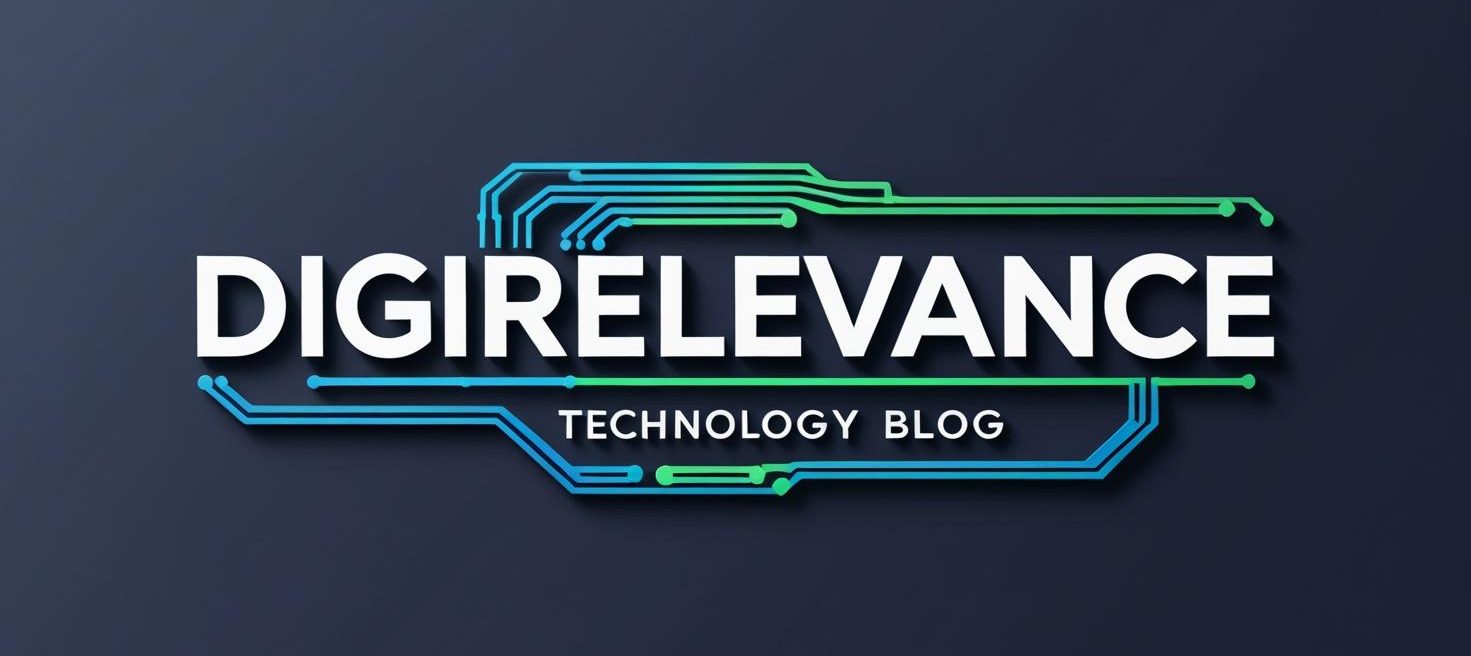
Which AI tools are your lawyers using right now that you haven’t approved? According to Legal Futures, “shadow AI” is quietly and in some cases unknowingly, reshaping compliance risk as lawyers and staff turn to unsanctioned tools for research, drafting, and data processing. It’s not a fringe behaviour—it’s a signal that the demand for intuitive AI has outpaced firm policies. If you’re an innovation or risk leader, action is needed.
The risk profile is stark. Shadow AI can leak sensitive client data, trigger regulatory scrutiny, and compromise existing IT governance—without anyone intending harm. The answer isn’t another blanket ban; it’s an agile compliance framework that meets people where they work. In practice, that means restricting unsanctioned
tools while offering secure, friendly alternatives that lawyers actually prefer.
Current providers are paying attention. Thomson Reuters has accelerated an upgraded AI-driven drafting assistant within Westlaw Edge that bakes in risk controls, such as real-time bias detection and stronger data security features aimed at mitigation. The message is clear: efficiency alone is no longer a differentiator – compliance-by-design is the new base line. Firms adopting these next-gen tools gain a defensible balance between innovation and regulatory mandates.
Follow the money and the story deepens. Recent rounds totalling over $150 million into legal AI players like Evisort and Luminance show investors betting on operational AI—contract lifecycle management and document review that reduce the manual burden and improve overall accuracy.
Crucially, these platforms emphasise audit trails and governance artifacts, exactly what shadow AI lacks. Capital is flowing to regulation-aware AI, not just faster document automation.
But technology is only half the shift; culture is the other. I’m hearing CIOs and innovation heads say the same thing: lawyers want tools that feel intuitive, not policed. The smart play is a bottom-up deployment model—co-design with practice groups, embed AI in familiar workflows, and wrap it with firm-grade security. When users feel empowered, compliance becomes a catalyst for adoption, not a roadblock.
A pragmatic playbook is emerging. First, map usage and migrate “permit less to permitted” in 90 days: identify popular shadow tools, replace them with approved equivalents, and provide one-click access.
Second, operationalise controls where work happens—secure prompts, redaction by default, DLP, logging, and clear audit trails tied to matters. Third, align with clients: update outside counsel guidelines, add AI disclosures, and train teams on privilege implications when using AI. This isn’t theory; it’s how leaders will pass the inevitable
client and regulator audits.
This is the bottom line – blanket bans will drive AI underground, while smart enablement will bring it into the light.
I expect RFPs to ask for your AI governance posture and, soon, your AI audit logs alongside billing guidelines. Should engagement letters include an AI-use addendum by default?

